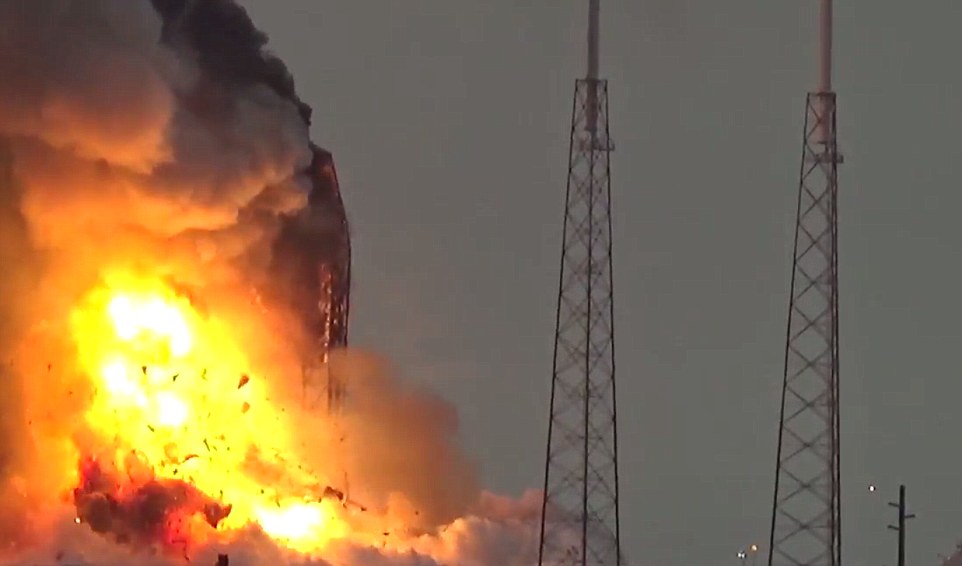abhinaba
Member
- Joined
- 23 Jul 2015
- Messages
- 400
- Reaction score
- 116

In a statement, the company blamed the blast on "an anomaly" and said no-one had been injured.
It said the rocket's payload, a satellite due to be launched on Saturday, was also destroyed.
The force of the blast shook buildings several miles away and sent a plume of smoke high above the complex.
SpaceX is seeking to create a new era of reusable rockets and affordable private space travel and has used its Falcon-9 rocket to take supplies to the International Space Station (ISS).
In December last year, the California-based company successfully landed a Falcon-9 back on Earth after a mission - a first in rocketry.
It went on to recover five more boosters, with most of them touching down on an ocean platform.
The idea is to re-fly these rockets, and the first such "second hand" vehicle is scheduled to launch in October.
SpaceX is run out of Hawthorne near Los Angeles by Elon Musk, who made his fortune with internet companies.
As well as being the rocket company's CEO, he also heads up the Tesla electric car company.
Analysis: David Shukman, Science Editor, BBC News
Whatever the details of what went wrong at the launch-pad, this is bad news for one of the most ambitious-ever space programmes.
SpaceX has big dreams for cheap, frequent and distant space travel. This test-firing was meant to be routine, part of an accelerating series of launches.
Beyond it, SpaceX is looking to make history by re-using one of the massive first stages that was returned to Earth intact. The company is also preparing to fly astronauts to the International Space Station.
Most exotic of all, the company's boss, Elon Musk, is due later this month to unveil his plans for a Mars colony, and how that would take effect.
There had been talk of the first SpaceX unmanned mission to the Red Planet in a couple of years' time. All its timetables will now be jeopardy.
Cape Canaveral Air Force Station said a "significant" explosion happened just after 09:00 (14:00 GMT) at Launch Complex 40, which is leased by SpaceX.
"Our emergency management teams are responding right now," said spokesman Bryan Purtell.
The rocket was carrying the Israeli-built
Amos-6 communications satellite.
Source: SpaceX rocket explodes at Cape Canaveral ahead of launch - BBC News

